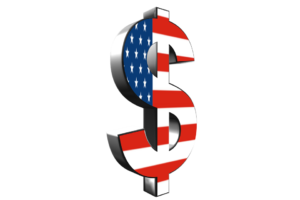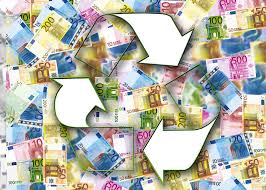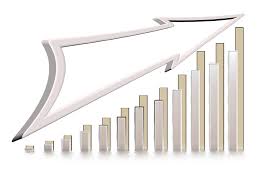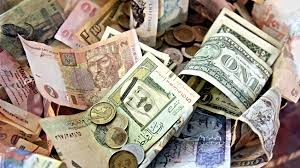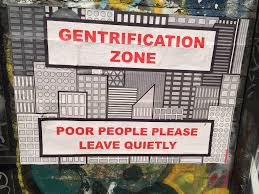![]()
In many real life scenarios, you can see the good, the bad and the ugly. Macroeconomics, regulations and government interventions are no exception to this rule. In this article, the focus is on potential bad and ugly consequences of US administration’s tariffs and trade policies.
Price of basic material and labor will undoubtedly increase in a growing economy such as US has ample demand. Now, if the price increases as growth and sales and profits increase too, wage increase boosts consumers’ purchase power. BUT if the growing price is because of disruptions such as tariffs -or even worse quotas-, growth is not the underlying cause of increasing prices. Therefore inflation happens without sufficient growth to boost wages and purchasing power. This means adverse impact on growth and wages, while prices are increasing! Even worse, to tame inflation, interest rates will have to increase, which will even put more downward pressure on growth and purchasing power. Interest rates increase, so, the value of US dollar will also increase, which means that other countries will not be able to import US goods as much as before, which causes even more downward pressure on US growth!
Now Europe is in bad shape; its growth slowed down, partly because of US threats on tariffs, and partly because of the recent protectionist movement. Also China’s growth and GDP relies on its exports (more than the US, which is mostly driven by consumer spending). This means that the global growth will be disrupted, which means that there will be less demand for US exports! In the worst case scenario, potential retaliation from US allies and importers will put downward pressure on US exports, hence growth.
So, simply the worst case scenario would be higher price of input, and lower demand for the output, hence lower growth, and finally a recession!
There is no need to panic yet, because ‘negotiations’ are still in progress, and US economy is on solid footing, with stocks still going strong offering promising future earning. But be cautious,and try to pay off your debts and pile up your savings as fast as you can and before any potential hike in interest rates. Further, if your life saving is all in aggressive assets like stocks, make sure to talk to an advisor for potential diversification.



